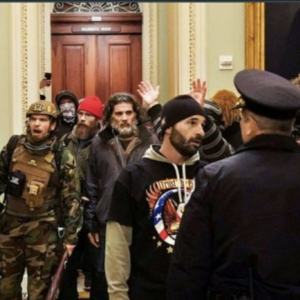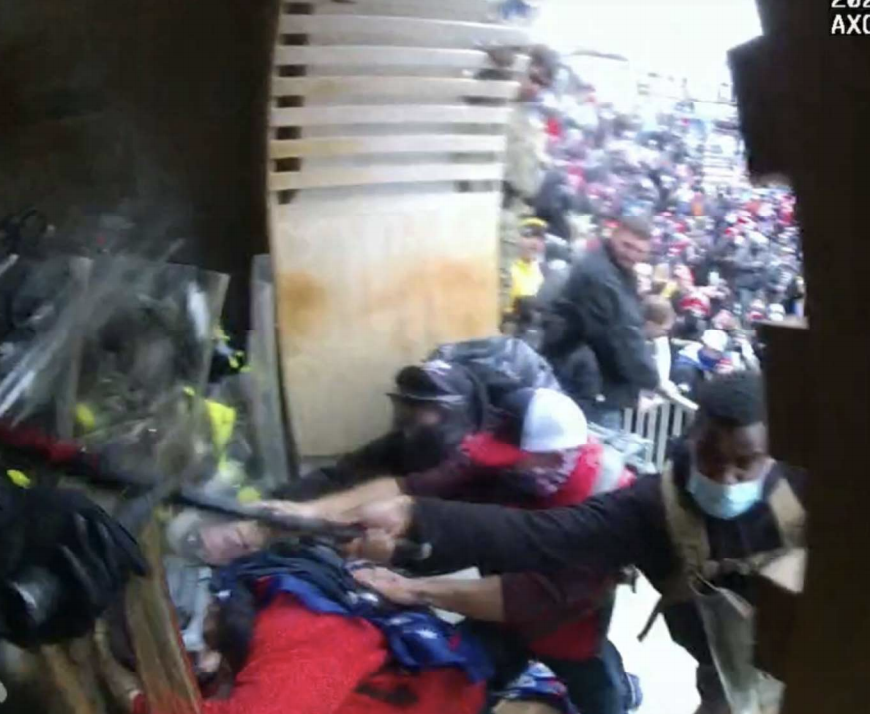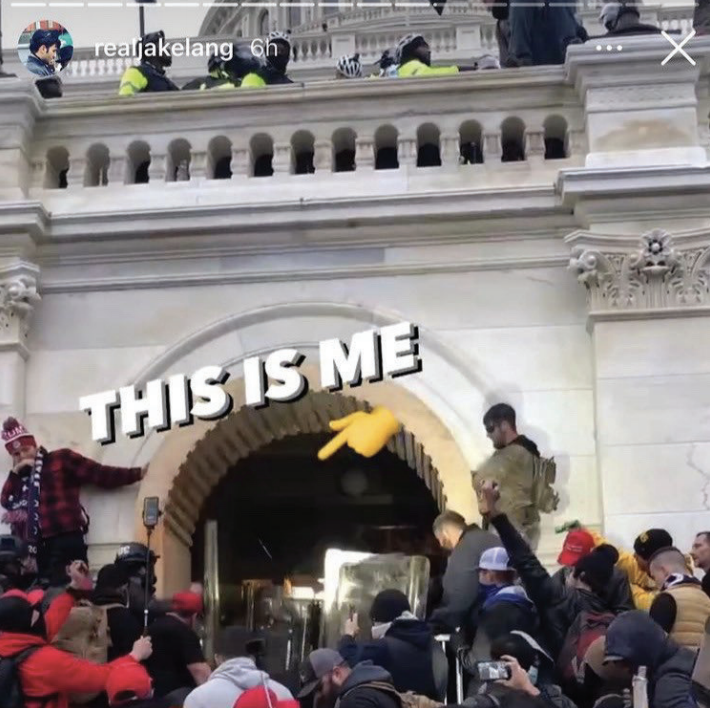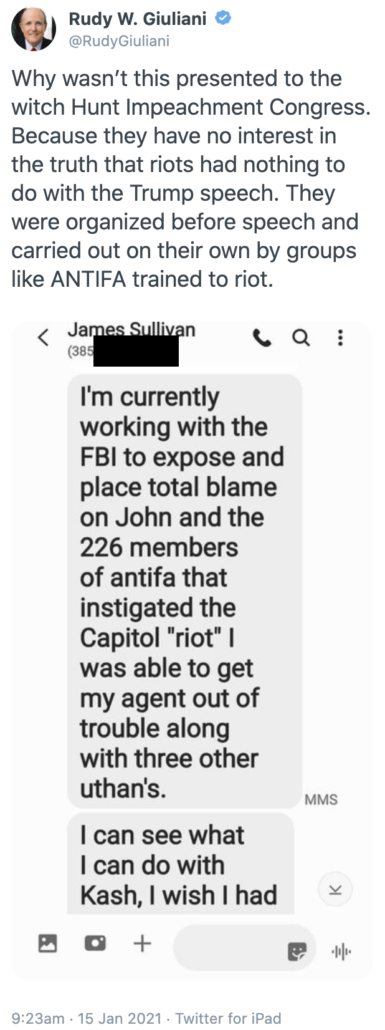Mike Flynn Forgets He Was Shit-Canned by Presidents of Both Parties
In a lawsuit attempting to kill an existing subpoena from the January 6 Committee and an as-yet unidentified subpoena to Verizon, Mike Flynn accuses Bennie Thompson of opposing Barack Obama. That’s the only logical conclusion one can draw from Flynn’s claim that the people behind the subpoena of him, “belong to the political party that opposed the President under whom General Flynn served.”
The body that issued the Subpoena is composed of 9 members, 7 of whom belong to the political party that opposed the President under whom General Flynn served. The remaining two members were Republicans hand-picked by Speaker Pelosi because they were vocal opponents of former President Trump from within the Republican Party.
As Flynn himself points out in his lawsuit, he served Barack Obama as Defense Intelligence Agency head for over two years, a total of 744 days. He served Donald Trump as National Security Advisor for around 24 days, a laughably short tenure even by the standards of the Trump Administration.
Plaintiff Lieutenant General Michael Flynn is a retired Lieutenant General in the United States Army, served as the Director of the Defense Intelligence Agency from July 2012 to August 2014, and was the National Security Advisor at the start of the Trump Administration.
Mike Flynn was shit-canned by both Presidents.
Nevertheless, a man fired by Presidents of both parties wants to claim a mere subpoena is a witch hunt against him.
Flynn, predictably, gets a lot else wrong in this lawsuit. His depiction of how Billy Barr attempted, but — even after appointing a team that altered DOJ documents as part of their attempt — failed to blow up the prosecution of him gets details big and small wrong.
He was famously led into a perjury trap by the Federal Bureau of Investigation, pled guilty to making a false statement after the government threatened his son and then agreed not to prosecute his son if he pled guilty. He later sought to withdraw that plea under the guidance of new counsel after the discovery of exculpatory evidence that was withheld from him prior to his guilty plea. When the Department of Justice decided to drop the charges against him, a court stayed his sentencing while the Court considered whether to force the Department of Justice to prosecute him. Ultimately, General Flynn received a Presidential pardon.
There was no perjury trap, his very good Covington lawyers were especially worried about Flynn’s exposure as a secret agent of Turkey, none of the evidence was deemed to be exculpatory, and he had already been prosecuted.
It is true that after Sidney Powell did more harm then good, Trump pardoned the man he shit-canned. It’s also true that Flynn remained equivocal about whether Donald Trump knew about his efforts to undermine sanctions during the Transition — though transcripts of his calls with Sergey Kislyak show that he told Russia’s Ambassador, at least, that Trump did know.
But there are several details in this lawsuit — like all of these lawsuits challenging the January 6 Committee, which appear to be at least partly an attempt to coordinate cover stories — of interest.
As Josh Gerstein observed, the lawsuit is full of dated information.
On January 6, 2021, a large group of people in Washington, D.C., entered the U.S. Capitol, breached security, and disrupted the counting of Electoral College votes until order was restored. The U.S. Department of Justice has arrested more than 500 individuals in connection with those activities on January 6th. General Flynn was not part of, nor was he present, at the Capitol grounds during any of those activities at the Capitol that day. Like most Americans, he saw those troubling events unfold on television.
[snip]
Former President Trump appealed the district court’s order, and the D.C. Circuit Court of Appeals enjoined NARA from releasing the disputed Presidential records pending its ruling. See Mem. Op. 17, Trump v. Thompson, No. 1:21-cv-2769 (D.D.C. Nov. 9, 2021).
On November 30, 2021, the D.C. Circuit held oral argument on the merits of former President Trump’s appeal. This case is still pending.
While I’m not surprised the Dhillon Law Group cited details about the January 6 investigation that are four months out of date, you’d think they — or Flynn, via Jesse Binall, who was part of the Sidney Powell team that represented him — would have heard of the legal thumping that the DC Circuit gave Jesse Binall on December 9.
As Katelyn Polantz observed, by filing this in his home district in Florida (albeit in the wrong district at first), Flynn sets up the possibility of a circuit split with the DC Circuit decision that Dhillon Law Group hasn’t heard about yet.
So this may be part of a concerted plan, but one that being implemented with the legal incompetence characteristic of Trump (and Flynn) lawyers.
Particularly given how dated this lawsuit is, I’m particularly interested in Flynn’s reliance on the investigation into Sidney Powell’s grift to explain his hesitations about cooperating with the Committee.
Flynn bases his knowledge about the investigation into Sidney Powell on a November 30 WaPo story (though he credits NYT with the scoop), not personal knowledge of the investigation.
In 2021, General Flynn was briefly a board member of a nonprofit founded and led by his defense counsel, Ms. Powell, called Defending the Republic. In September 2021, a federal prosecutor handling the January 6 Capitol attack as well as the criminal contempt of Congress proceedings against individuals referred by the Select Committee also subpoenaed the records of Defending the Republic in connection with a criminal investigation into its activities.
[snip]
In September 2021, the Department of Justice obtained a grand jury subpoena for records of a nonprofit General Flynn briefly served as a director, which was founded and led by his criminal defense counsel, Sidney Powell. The subpoena was signed by an Assistant U.S. Attorney prosecuting matters related to the January 6 Capitol attack as well as contempt of Congress charges against Stephen K. Bannon for not complying with the Committee’s subpoena. Isaac Stanley-Becker, Emma Brown, and Rosalind Helderman, Prosecutors Demanded Records of Sidney Powell’s Fundraising Groups As Part of Criminal Probe, NEW YORK TIMES, Nov. 30, 2021.
Here’s a December 1 Daily Beast story with other details of the investigation (which may come from Lin Wood or Patrick Byrne). Here’s my post noting that the virgin birth of the grift times awkwardly with Flynn’s own pardon.
In language immediately preceding one of those descriptions, Flynn misleadingly claims that the Committee subpoena against him starts “just before” DOJ “sought to dismiss the charges against him in May of 2020.”
(The Subpoena curiously seeks documents from General Flynn starting just before the Department of Justice sought to dismiss the charges against him in May of 2020, and long before the 2020 election or the January 2021 attack on the Capitol.) In late 2020, General Flynn publicly stated his concerns about the integrity of the 2020 elections, as did many other citizens. General Flynn did not organize or speak at any events on January 6 in Washington D.C.
The start date for the subpoena actually starts on April 1.
Still, I find it interesting that Flynn is so worried about what happened during Billy Barr’s failed attempt to blow up his prosecution. And I find it interesting that Flynn claims to have no firsthand knowledge of the investigation Molly Gaston is leading into Sidney Powell’s grift.
Incidentally, Gaston originally pulled three January 6 cases in the investigation’s early days, those of Robert Packer, Robert Gieswein, and Derrick Evans, just the latter of which, involving a then-West Virginia state politician, had any possible public corruption component. But, at a time of immense staffing shortages at DC’s US Attorney’s Office, she dropped off those cases on February 18 (in the case of Packer) and March 29 (in the case of Gieswein and Evans). I’ve long wondered what, in the weeks after Merrick Garland came in, became a higher priority for the DC US Attorney’s leading public corruption prosecutor. We now know one thing she picked up in the interim was the prosecution of Michael Riley, the Capitol Police Officer who advised rioter Jacob Hiles to delete Facebook posts about his role in the riot. And by September, Gaston’s grand jury investigation into Sidney Powell’s grift had started taking overt steps like subpoenaing Powell’s nonprofit.
Anyway, back to Mike Flynn.
Unlike the other people suing, Flynn appears to be uncertain about whether Verizon received a January 6 Committee subpoena targeting him. John Eastman returned the subpoena targeting him with his lawsuit. Alexander included the notice of the subpoena — dated December 2 — he received from Verizon. Meadows also included the notice of the subpoena.
But Flynn doesn’t include documentation like that to substantiate his basis for believing that Verizon got a subpoena targeting him. Rather, he says that he thinks Verizon got a subpoena targeting him — from the January 6 Committee — because they got one for Mark Meadows.
Upon information and belief, the Select Committee is not only targeting a wide variety of individuals with sweeping subpoenas, but also is obtaining extensive private records about various individuals—including cooperating witnesses—by issuing subpoenas to their telecommunications providers.
For example, the Select Committee issued a subpoena to Verizon Wireless seeking subscriber information and cell phone data associated with former White House Chief of Staff, Mark Meadows (the “Verizon Subpoena”). The subscriber information requested includes subscriber names and contact information, authorized users, time of service provided, account changes, associated IP addresses, and other metadata. The cell phone data requested could include all calls, text messages, and other records of communications associated with that phone number. This data can be used for historic cell site analysis. The Verizon Subpoena requested all of Mr. Meadows’ personal cell phone data for four months: from October 1, 2020, and January 31, 2021.
That is, unless Verizon has lost track of whom to bill for his cell service (or unless the General is confused about who is service provider is), it appears that Flynn — who was, for a period, on the board of the Powell nonprofit already being investigated by a grand jury in September — didn’t get a letter on December 2 alerting him that January 6 had subpoenaed his phone records.
Don’t get me wrong: particularly given his propensity to lie, Mike Flynn is not wrong to invoke the Fifth Amendment to avoid answering questions from the January 6 Committee (though he still is on the hook for the document request). That would be true even if Molly Gaston weren’t investigating Sidney Powell, but with the investigation, he’s quite right to invoke the Fifth (again — he did so with the SSCI Russian investigation too).
But if there’s a reason why the House Committee didn’t feel the need to ask for his phone records, that may be the least of his worries.
The most interesting aspect of the January 6 investigation that no one is covering — not even in a NYT story on criminal referrals — is the means by and extent to which the Committee is deconflicting with DOJ. There must be a legislative affairs person doing this near full time, unless Thompson and Liz Cheney — the daughter of someone who played a key role in screwing up Iran-Contra by refusing to do this — are doing this at a higher level. But the story about whom the Committee hasn’t subpoenaed — which includes both Sidney Powell and Rudy Giuliani, both known to be under investigation by DOJ — is as interesting as who they have.

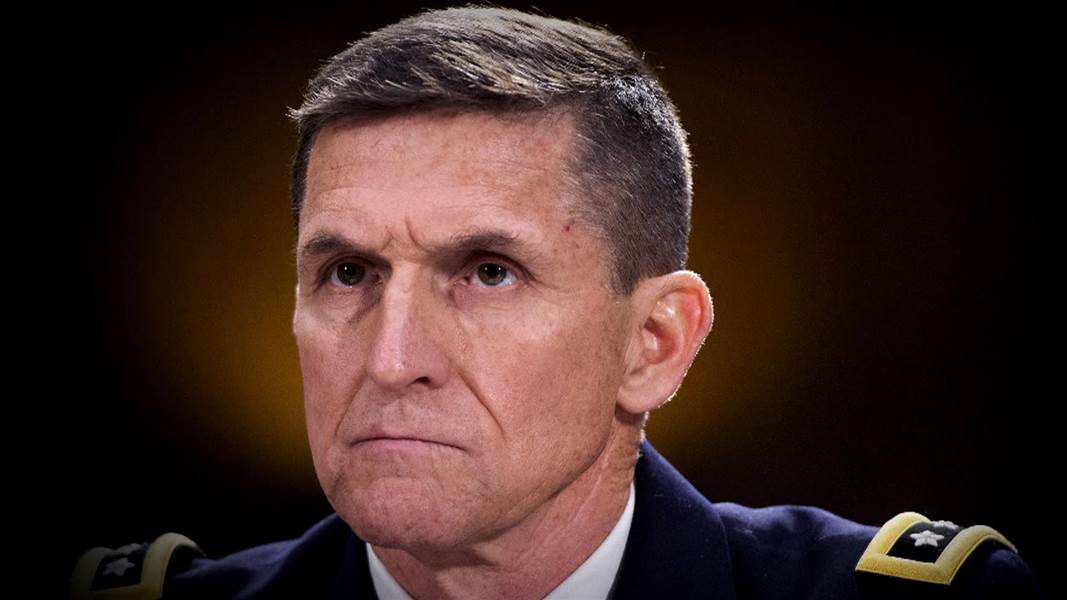
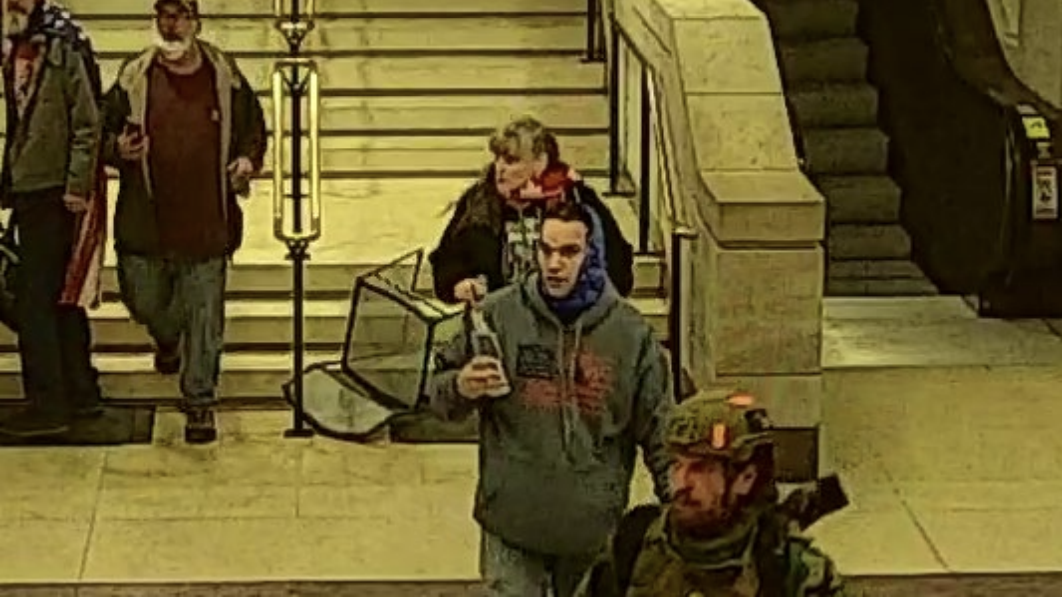
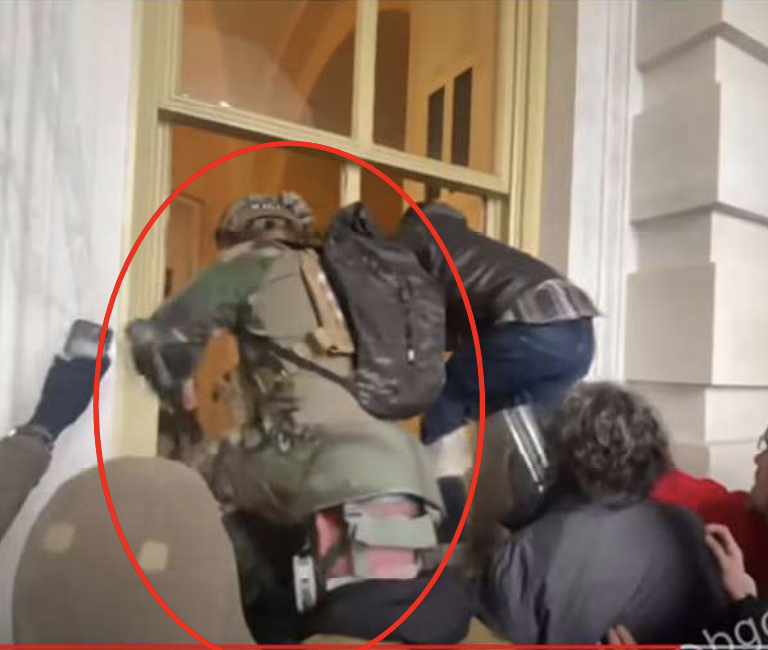
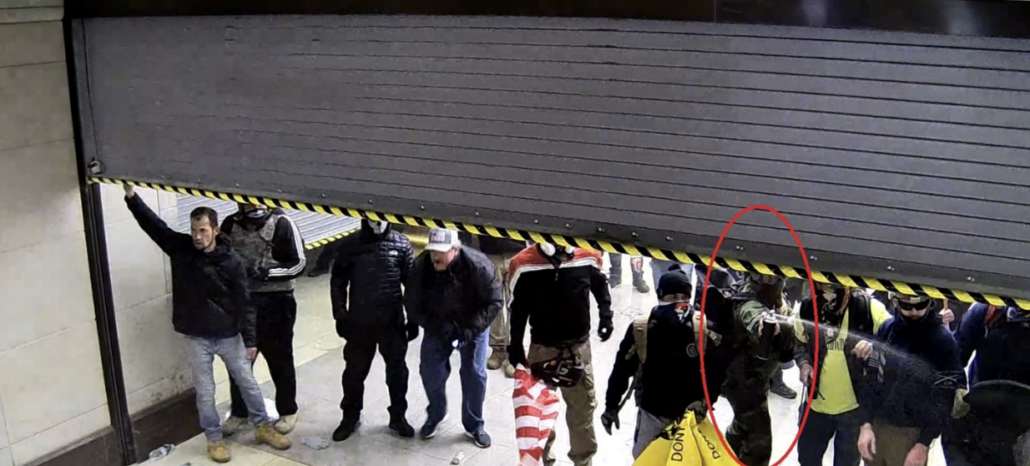
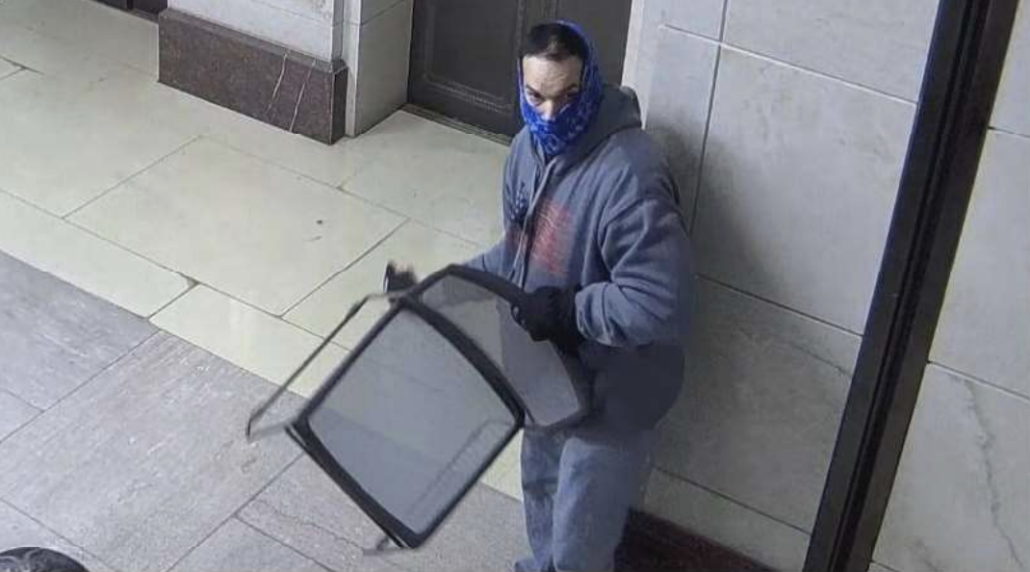
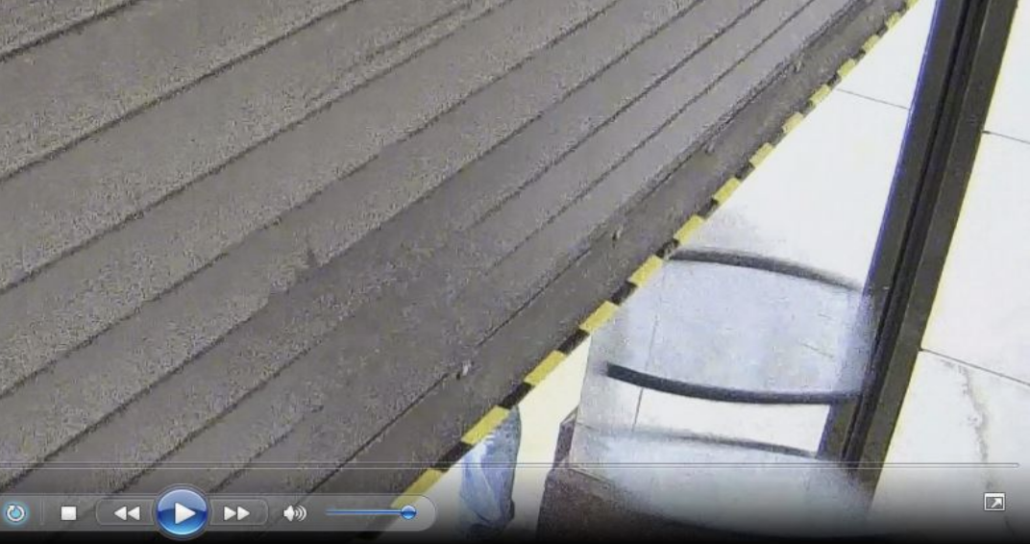
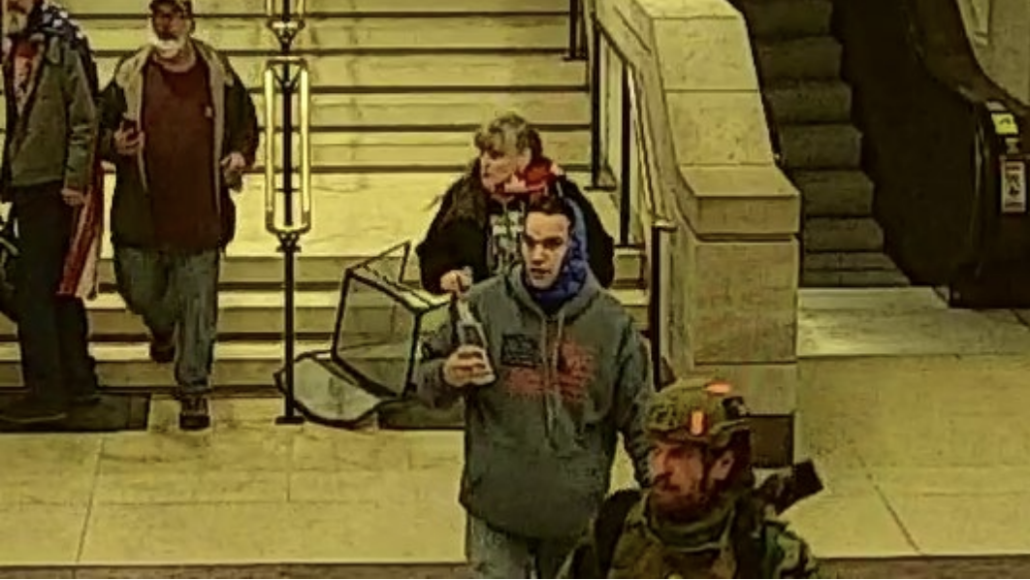
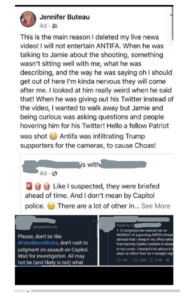
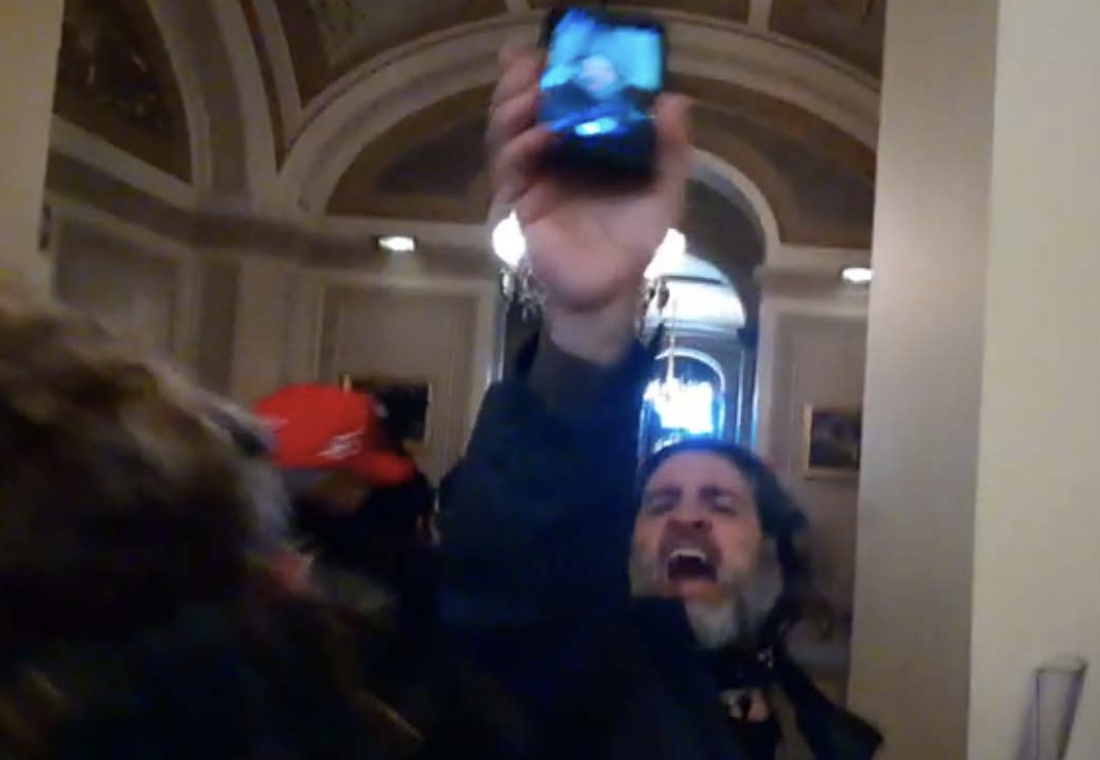 Pezzola
Pezzola